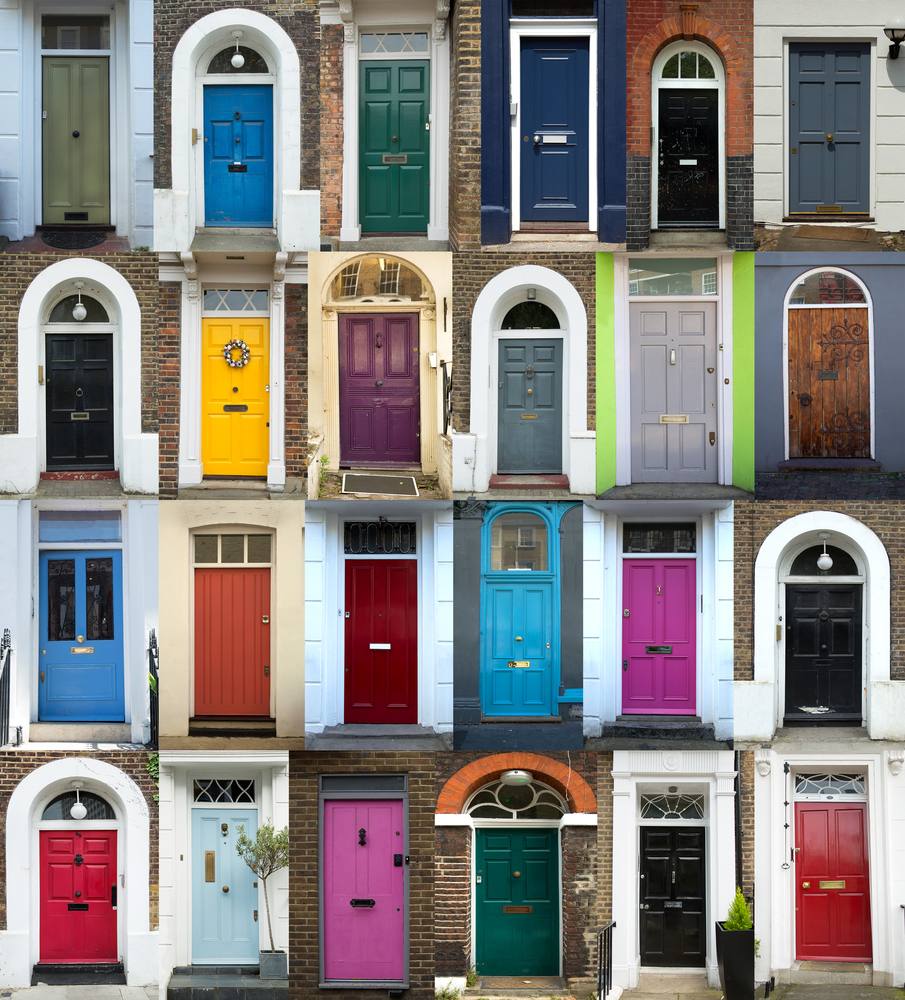*Collaboration
There are approximately 3.7 million addresses in London, so this is a city of countless doors. Many of these doors tell fascinating stories, are gateways to intriguing venues or the public face of hidden spaces. These doors aren’t just entryways; they are symbols of historical events, cultural significance, and even supernatural tales. The doors of London also speak of the changing styles, tastes, people and purposes that buildings throughout the British capital have had over the centuries.

If you want to see why there’s more to London’s doors than the upvc doors near me, read on!
The Oldest Door in England – Westminster Abbey
Nestled in the cloisters of Westminster Abbey lies the oldest door in England, dating back to around 1050 AD. This ancient oak door is believed to have been installed during the reign of Edward the Confessor, making it nearly a thousand years old – certainly the wood it is made of has been dated to the 11th century, suggesting it was made in the years before the Norman Conquest. The door has stood in place during countless historical events, from royal coronations to state funerals. The dark, worn wood, with its iron reinforcements, is a testament to the Abbey’s enduring presence in British history.
The Door of 10 Downing Street
Arguably the most famous door in the world, the black door of 10 Downing Street is the entrance to the official residence of the British Prime Minister. The first door with the now iconic appearance was fitted to the house below the elegant fanlight in the 1780s. Over the years the unmistakeable highly polished black finish, brass letterbox, black iron knocker in the shape of a lion’s head and the ‘10’ numerals with the off-centre zero were all introduced. In 1991 the original door was replaced by a blast-proof steel replica, but there was no thought of changing the look of this most famous of London doors. Despite the shining bras handle, for security reasons it is not possible to open the door from the outside.
The Door from Newgate Prison – Museum of London
Newgate Prison, one of London’s most notorious historical prisons, was demolished in 1904. But one of its infamous cell doors was preserved and is now housed at the Museum of London. This heavy, iron-studded door witnessed the grim reality of prison life in London over centuries. From the 12th century until its closure, Newgate was synonymous with crime and punishment. The door serves as a haunting reminder of the harsh conditions endured by prisoners, some of whom were executed on its threshold.
Dennis Severs’ Museum – Spitalfields
The door at 18 Folgate Street invites visitors to step back in time to the 18th century and go on a sensory journey through London’s past. Dennis Severs was an American artist who moved to London and purchased the dilapidated house in 1979. Severs created the fictional Jervis family as the houses’ supposed occupants between 1725 and 1919 and then meticulously restored, furnished, decorated and dressed each room to represent a particular moment between these years. Each room gives the effect that its occupants have just got up and left. Intended more as a walk-through art installation and temporal experience than a museum, visitors must leave their phones at the blue door before entering and pass through the house in silence to maintain the time-travel effect.
The Tallest Door in London – Elms Lesters Painting Rooms
Topping out at 30 feet, the door of the Elms Lesters Painting Rooms is the tallest in London. Located on Flitcroft Street in Soho, these doors were originally designed to accommodate the massive canvases of theatre scenery that were painted here. The Elms Lesters Painting Rooms have a rich history in the arts, and the towering three-storey doors reflect the West End’s long theatrical and creative traditions. Today, they are a striking feature of this historic building, which continues to serve as a creative space.
The Haunted Door of 50 Berkeley Square
Despite its grand Georgian style, the door of this Georgian townhouse around a famous London residential square seems ordinary. Like many addresses in London, it has a historical claim – it was once home to Prime Minister George Canning for over 50 years from 1770. But this door has also been the subject of fascination for paranormal enthusiasts; 50 Berkeley Square is often referred to as the most haunted house in London. From the mid-19th century onwards, tales have circulated that the upper floors of the house, especially the attic, are haunted by a terrible, formless apparition that paralyzes people with fear and sends those who see it mad. Stories include several instances of wealthy gentlemen living nearby, or from neighbouring Pall Mall clubs, taking bets to stay the night there and fleeing in terror from the presence.
The Fake Doors at 23 and 24 Leinster Gardens
In the heart of Bayswater, at 23 and 24 Leinster Gardens, stand two seemingly normal doors that, upon closer inspection, are nothing more than facades. These “doors” are actually part of a false frontage built in the 1860s to hide the open-air section of the London Underground’s Metropolitan Railway – needed to vent the smoke and fumes from the steam trains then used. The buildings were demolished to make way for the railway, but the fake doors and painted-on windows were created to maintain the appearance of the street. These fake doors have become a quirky piece of London’s architectural history.
27 Wimpole Street – Henry Higgins’ Home from Pygmalion and My Fair Lady
27 Wimpole Street is famously known as the fictional residence of Professor Henry Higgins from George Bernard Shaw’s Pygmalion and its musical adaptation by Lerner and Loewe, My Fair Lady. The elegant door at this address is steeped in literary history. Wimpole Street has long been associated with the arts and literature, and was home to both the real-world figures that Bernard Shaw combined to create his famously irascible Professor. This particular address evokes one of the most beloved characters in British theatre. It’s a must-visit for fans of the play and musical alike.

